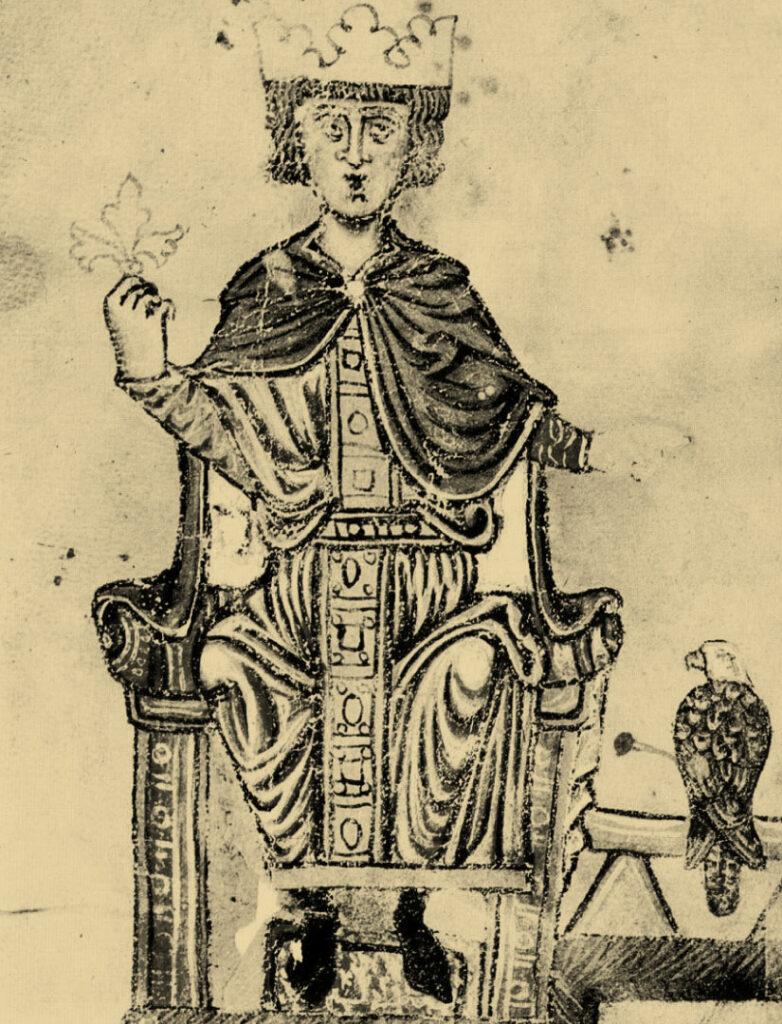Castel del Monte


Castel del Monte is the fortress built by Frederick II in 1240 that enchants the whole world for its beauty. Inserted in 1996 among the UNESCO World Heritage sites, it is a splendid example of medieval architecture, built with unusual materials such as pink marble, quartz and limestone. Built directly on a rocky bank, the building has become famous for its oriental suggestions and for its unusual octagonal shape in Italy. For the repetition of the number 8 inside the structure, eight towers of the same shape are inserted on each of the eight edges.
The city of Andria
Near the famous Federician manor stands Andria, a city very dear to the Swabian emperor, so as to connote its physiognomy and history. It is right in the Cathedral located in the historic center that the remains of two of the Emperor’s wives dwell, Jolanda di Brienne and Isabella of England. The traces found in archaeological studies predict its existence since prehistoric times, perhaps founded by the Greek Diomedes, hero of the Trojan war, from whose native island (Andros) it seems that the name of Andria may derive. The city became famous in the Byzantine era as the residence of the Basilian monks and subsequently acquired considerable importance in the Norman era. It is in fact in 1046 with Peter I the Norman that the urban agglomeration is elevated to “civitas”.The city is surrounded by walls with 12 watchtowers and a defense fortress, the remains of which are still visible near Porta Castello. Having become a bishopric, Andria conquered a prominent place with Federico II, who elected it as his residence by building Castel del Monte in 1240, and promoting its development with privileges and tax exemptions. The city also played fundamental roles during the Angevin era, becoming a county and then waning in importance during the late 1700s due to sieges, fires and massacres. Incorporated into the Kingdom of the two Sicilies, it followed its fate until the unification of Italy. The city is known worldwide for its agri-food products. In addition to the famous “Burrata”, it stands out for its extra virgin olive oil, wine production and typical sugared almonds.
Caseificio Olanda has its roots in the suggestive passage of the Alta Murgia. A magical place that owes its uniqueness to the colors of nature, the wonderful architecture of the farms, the solitary figures of the trulli and the breathtaking view of Castel del Monte which dominates the plain and the hinterland from above.

Furthermore, in the local limestone walls, marked by a string course frame, eight single-lancet windows open on the lower level, seven mullioned windows and a single mullioned window, facing towards Andria, in the upper one, it has acquired a reputation and an interest that has resulted in myth and esotericism. The hypotheses of historians about the use of this manor are different but it can be agreed that the vast intellectual knowledge of Frederick II is preserved in the symbols scattered throughout the castle so as to raise it to a sort of temple of knowledge.
